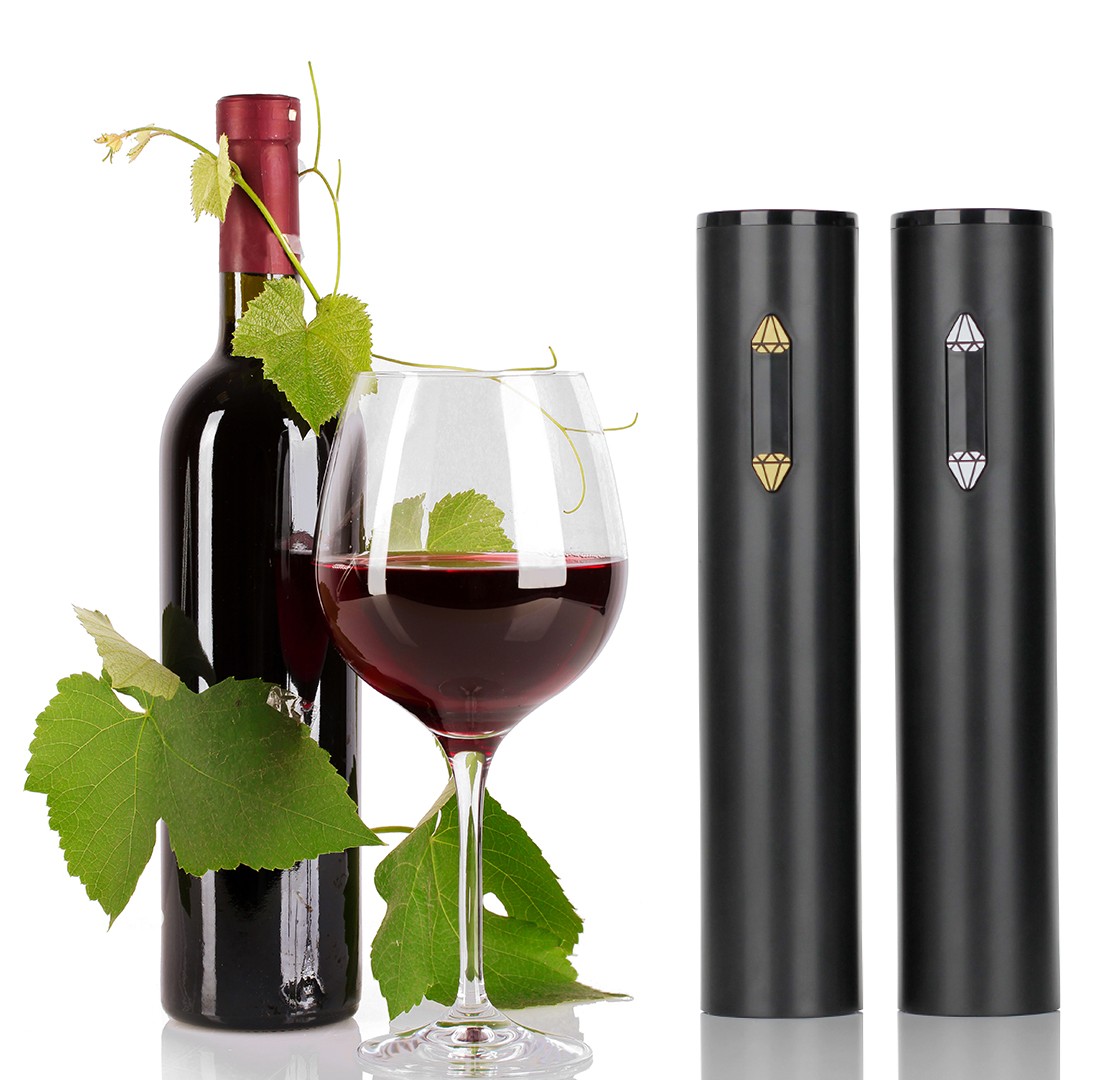Time:2022-03-11 Views:
1. Natural cork is made of oak with loose and porous surface. Natural cork has a history of more than 250 years, and it has replaced tarpaulin and wood plugs as the final sealing material. Encapsulating wine with this cork maximizes the wine's ageing potential.
2. Synthetic corks are made of polyethylene, the same material as milk bottles or plastic tubes. After the treatment of modern science and technology, the sealing effect of synthetic cork has been very good. In addition, this kind of synthetic cork is not easy to produce cork contamination, the amount of oxygen entering the bottle will be more, and the speed of oxygen passing through this synthetic cork is also very uniform and stable.

3. The screw cap is composed of two parts: metal cap and gasket. The top of the liner inside the metal cap, used to seal the rim of the bottle, is a key part of controlling how much oxygen enters the bottle. The screw cap wines produced today are still very stable.
It's worth mentioning that all of the above stoppers are great for regular wines (weekend dinner wines or wines consumed within 1-2 years), opting for synthetic corks or screw cap corks can also avoid corks Contaminate wine. In addition, different corks also determine the way you open the bottle. Do you want to easily unscrew the screw cap before opening a bottle of wine, or do you want to enjoy the process of pulling out the cork? However, for a wine that needs to be aged for a long time, the best choice is natural cork.
